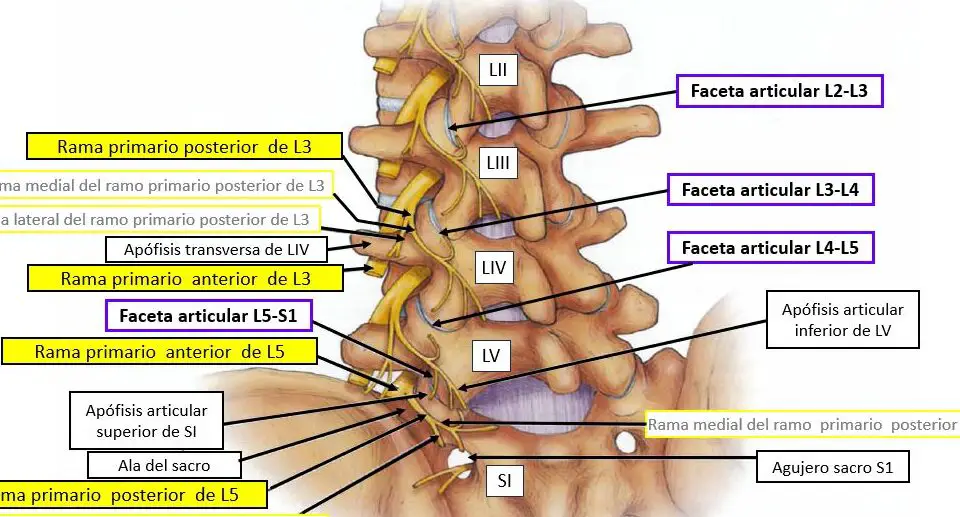The importance of pulse oximeter sensor monitoring on heart rate
Monitoring the heart rate of the pulse oximeter sensor is essential to take care of our cardiovascular health. In a world where the fast pace of life can take its toll on us, having tools that allow us to know and control our blood oxygen levels becomes essential. In this article, we will explore the importance of this device and how it can help us maintain a healthy heart. Read on to find out more!
The function and usefulness of the finger oximeter: a complete guide
The finger oximeter is a medical device used to quickly and accurately measure blood oxygen saturation levels as well as heart rate. Its operation is based on the emission of light through the patient's finger and the detection of the amount of light that is absorbed by oxygenated and deoxygenated hemoglobin.
How It Works
The finger oximeter consists of a clamp or clip that is placed on the patient's finger, usually the index or middle finger. This clip contains a light emitter and a sensor that measures the amount of light that is absorbed by hemoglobin in the blood. The information collected is displayed on a digital screen in the form of oxygen saturation percentage and heart rate.
What is its usefulness?
The finger oximeter is a very useful tool in different medical situations. Some of its most common uses are:
1. Patient monitoring: Used in hospitals and clinics to monitor oxygen levels in patients with respiratory diseases, such as asthma or chronic obstructive pulmonary disease (COPD). It is also used in patients who are under general anesthesia during surgery.
2. Monitoring oxygen saturation in athletes: High-performance athletes and people who practice sports at high altitudes can use the finger oximeter to monitor their oxygen levels and ensure they are receiving enough oxygen during physical activity.
3. Detection of hypoxemia: Hypoxemia is a condition in which oxygen levels in the blood are below normal. The finger oximeter can be used to detect this condition and take quick steps to correct it.
4. Sleep Apnea Tracker: People who suffer from sleep apnea can use the finger oximeter to monitor their oxygen levels overnight and determine if they are getting enough oxygen while they sleep.
5.
Measuring heart rate with the oximeter: everything you need to know
If you are interested in measuring your heart rate quickly and accurately, the oximeter can be a very useful tool. In this article, we will tell you everything you need to know about how to use an oximeter to measure your heart rate.
What is an oximeter and how does it work?
An oximeter is a medical device used to measure blood oxygen saturation and heart rate. It works by emitting infrared light through the skin and detecting the amount of light that is absorbed by the blood. From this information, the oximeter can calculate the heart rate.
How do you use an oximeter?
Using an oximeter is quite simple. You just need to place the device on your finger, ear or earlobe and wait a few seconds for it to measure your heart rate. Some oximeters can also measure other parameters, such as oxygen saturation.
What should you keep in mind when using an oximeter?
It is important to keep a few things in mind when using an oximeter to measure your heart rate. Firstly, make sure the oximeter is clean and free of dirt, as this could affect the accuracy of the measurements. Also, be sure to follow the manufacturer's instructions for accurate results.
When should you use an oximeter to measure your heart rate?
Using an oximeter to measure your heart rate can be useful in different situations. For example, if you play sports and want to monitor your heart rate during exercise, an oximeter can give you an idea of how your heart is responding. It can also be useful if you have heart or breathing problems and need to monitor your heart rate regularly.
How accurate is an oximeter for measuring heart rate?
The accuracy of an oximeter in measuring heart rate can vary depending on the model and brand. In general, oximeters are usually quite accurate, but it is important to note that there may be small variations in measurements. If you need very precise measurements, it is advisable to consult a health professional.
Conclusions
The importance of blood oxygen levels: What does having an oxygen level of 93 mean?
Having a blood oxygen level of 93 can have different health implications. Blood oxygen level, also known as oxygen saturation, refers to the amount of oxygen that is present in the hemoglobin of red blood cells and is expressed as a percentage.
What does it mean to have an oxygen level of 93?
A blood oxygen level of 93 indicates that oxygen saturation is in the normal range. Typically, an oxygen level of 95 to 100 is considered healthy. However, a level of 93 is still considered within the normal range and is not considered concerning in most cases.
However, it is important to note that oxygen levels can vary depending on several factors, such as age, general health, and existing medical conditions. Therefore, it is necessary to evaluate the results in the context of each individual.
What are the implications of an oxygen level of 93?
In general, an oxygen level of 93 is nothing to worry about. However, there may be some implications depending on the specific situation:
1. In healthy people: In healthy individuals, an oxygen level of 93 is usually not a cause for concern. This means that the amount of oxygen reaching the body's tissues is adequate to maintain their normal functioning.
2. In people with chronic lung diseases: In people with chronic lung diseases such as chronic obstructive pulmonary disease (COPD) or pulmonary fibrosis, an oxygen level of 93 may indicate a decrease in lung function. In these cases, it is important to follow the doctor's recommendations to control and treat the disease.
3. In people with heart disease: In people with heart disease, an oxygen level of 93 may indicate a decrease in the heart's ability to pump oxygen-rich blood to the rest of the body. In these cases, it is important to follow the recommended medical treatment to control the heart disease.
4. In situations of physical or emotional stress: During physically or emotionally stressful situations, such as intense exercise
Attention, attention, Polarities readers! Today we are going to talk about something very important and, at the same time, very fun: heart rate monitoring of the pulse oximeter sensor. Exciting, right? Don't leave me, this is going to get interesting!
Imagine for a moment that you are in the middle of an action movie, your heart racing, your nerves on edge... Well, it turns out that the oximeter is like the orchestra conductor of our body! Yes, yes, that little device that is placed on our finger and tells us how our heart rate is. It's like having a DJ of hearts in our hand!
And, friends, the importance of monitoring our heart rate cannot be underestimated. It's like having a spy infiltrated into our body, who tells us when something is not going well. If our heart rate is through the roof, it may be a sign that we are under stress or overexerting ourselves. Come on, it's like having an emotional drama detector!
But don't worry, dear readers, this isn't just for elite athletes. No! We can all benefit from oximeter monitoring. Imagine being able to control your heart rate while watching your favorite series on the couch. It's like having a reality show of your own heart!
So you know, friends, don't underestimate the importance of pulse oximeter sensor monitoring on heart rate. It's like having a secret ally that helps us take care of our inner motor. And if we can do it in style, wearing a brightly colored gadget on our finger, all the better! Because, after all, life is too short to carry boredom on our pulses.
Until next time, Polarities readers! May your pulses always be in the right rhythm and your hearts overflow with joy. See you on the next heart rate monitoring adventure!



Post Comment